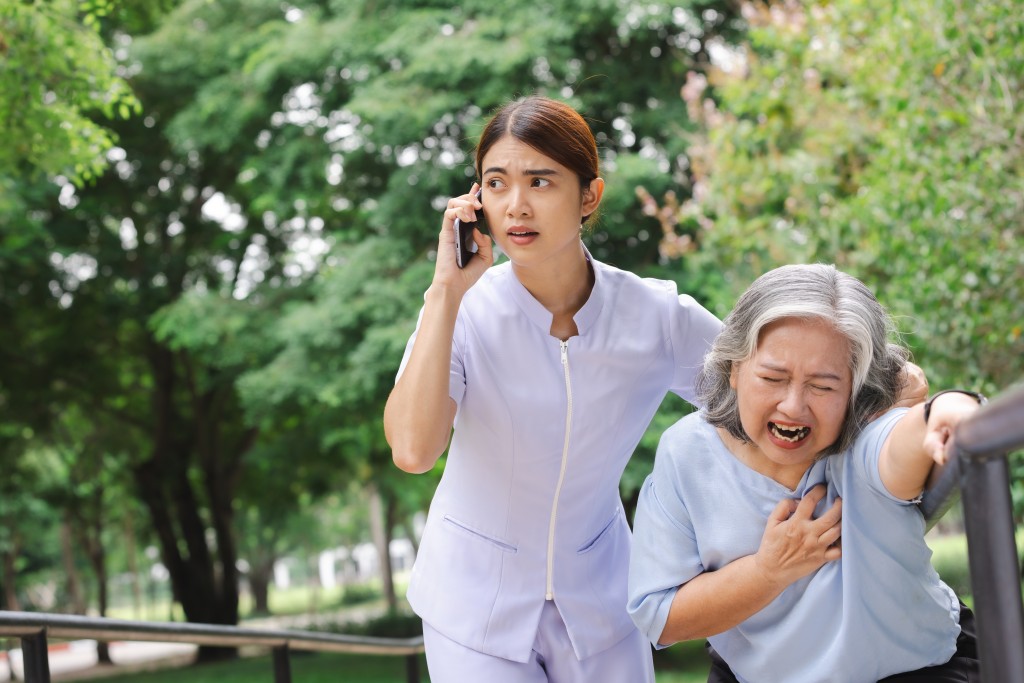
Medical emergencies can occur anytime, and identifying the signs is crucial in providing timely and appropriate assistance. Heart attacks, strokes, and choking are three common medical emergencies requiring immediate attention. Recognizing the symptoms of these emergencies can help save lives and prevent further complications.
A heart attack occurs when there is a blockage in the blood vessels supplying oxygen to the heart muscle. The most common symptom of a heart attack is chest pain or discomfort that may radiate to the arm, jaw, or back. This pain is often described as a heaviness or squeezing sensation in the chest. Other signs include shortness of breath, nausea, lightheadedness, and cold sweats. It is important to note that not all individuals experience these symptoms similarly; some may only have mild discomfort, while others may have more severe symptoms.
Another medical emergency that requires immediate attention is a stroke. A stroke occurs when blood flow to the brain is disrupted due to a blockage or bleeding in the blood vessels. The acronym FAST (Face drooping, Arm weakness, Speech difficulty, Time to call emergency services) can help quickly identify signs of a stroke. If someone’s face droops on one side when they smile or speak, if they have weakness or numbness in one arm or leg, if their speech becomes slurred or difficult to understand, it could indicate a stroke. Time is critical when dealing with strokes, as prompt medical intervention can minimize damage to brain tissue.
Choking incidents are also considered medical emergencies as they can lead to severe respiratory distress and even death if not addressed promptly. Common signs of choking include difficulty breathing or speaking due to an obstruction in the airway. The person may clutch their throat with their hands, indicating distress and an inability to clear the blockage. Immediate action is required if someone cannot cough, speak, or breathe. The Heimlich maneuver can be performed on conscious individuals to dislodge the obstruction, while unconscious individuals need CPR with chest compressions and rescue breaths.
In conclusion, identifying signs of medical emergencies such as heart attacks, strokes, and choking incidents is crucial in providing timely assistance. Recognizing the symptoms of a heart attack, such as chest pain or discomfort, shortness of breath, and cold sweats, can help save lives. Similarly, using the FAST acronym can aid in identifying signs of a stroke quickly. Lastly, recognizing signs of choking, like difficulty breathing or speaking and clutching the throat, can prompt immediate action. Individuals must familiarize themselves with these signs to respond appropriately during an emergency.
